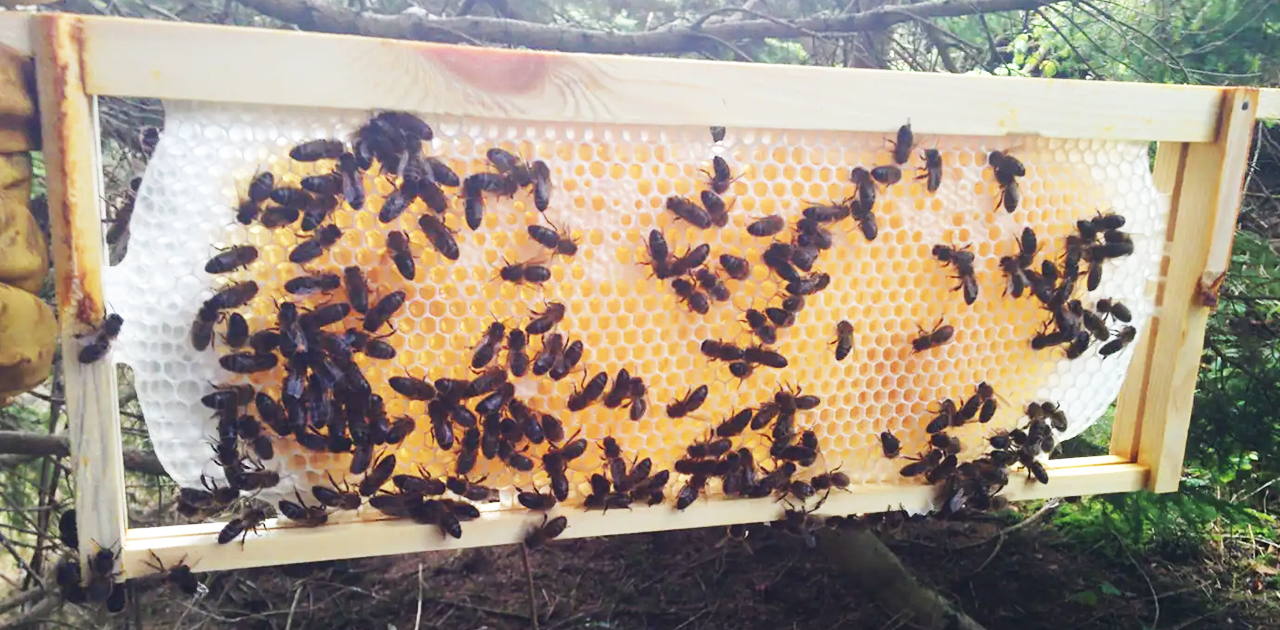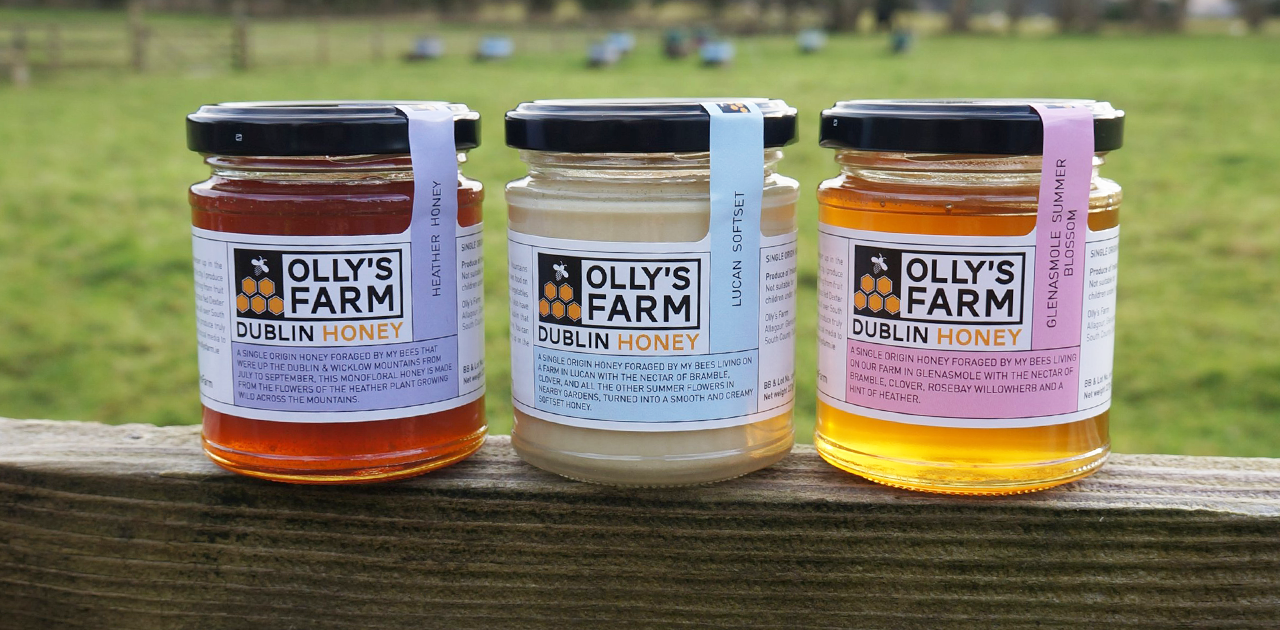The Dream Team: ‘The Honey Queen Bee, the Drone Bee and the Worker Bee in the Hive’
Honey Bees are one of the most fascinating creatures on the planet, with their intricate social structures and incredible work ethic. The queen bee is at the heart of every beehive, a remarkable individual whose importance cannot be overstated. In this blog post, I’ll explore why a hive needs a queen bee, what a drone bee is, what a worker bee is and what their functions are in the hive.
Why Does a Bee Hive Need a Queen Bee and what does she do?
The queen bee is the most important member of the hive. Without her, the colony cannot survive. The queen’s primary function is to lay eggs, which will hatch into worker bees that perform all of the tasks necessary to keep the hive running smoothly. Without a queen bee, there would be no new bees, and the colony would eventually die out. A healthy queen can lay up to 2,000 eggs per day during the peak of the breeding season. The eggs hatch into larvae, which are fed by worker bees until they pupate and emerge as fully-developed bees.
In addition to laying eggs, the queen also produces pheromones that help to regulate the behaviour of the other bees in the hive. These pheromones serve as a form of communication, helping the bees to coordinate their activities and work together as a team. The queen’s pheromones also help to maintain social order within the hive, preventing the development of conflicts or aggressive behaviour.
Another critical function of the queen bee is to ensure the genetic diversity of the colony. When the queen mates with drones from other hives, she introduces new genetic material into the colony. This genetic diversity helps to make the colony more resilient and adaptable to changes in the environment.

What is a Drone Bee?
A drone bee is a male bee in a honeybee colony. Unlike female worker bees and the queen bee, drones do not have stingers and are unable to collect nectar or pollen. Instead, their primary role is to mate with young virgin queens. Drones are produced by the colony during times of the year when mating flights are likely to occur, and they are typically larger than worker bees.
Drone bees do not contribute to the day-to-day tasks of the hive, such as collecting nectar, caring for larvae, or building comb. Instead, they spend most of their time in the hive or in nearby areas waiting for a queen to fly by. Once a queen is spotted, multiple drones will chase her and attempt to mate with her. Drones have a short lifespan, typically only a few months, and are often expelled from the hive during the winter months when resources are scarce.
Drones are unique in the animal kingdom as they are haploid meaning they only have one set of chronozones, they have a grand farther but do not have a farther. They are genetic clones of their mother.
What is a Worker Bee?
A worker honey bee is a female bee in a honeybee colony that is not the queen. Worker bees are responsible for many tasks within the hive, including collecting nectar and pollen from flowers, cleaning and maintaining the hive, caring for larvae and the queen, and producing honey and beeswax.
Worker bees are sterile and do not reproduce, unlike the queen bee who is solely responsible for laying eggs. They have specialized body parts and behaviours that enable them to carry out their tasks efficiently. For example, worker bees have specialized pollen baskets on their hind legs, which they use to transport pollen back to the hive.
They also have specialised glands that allow them to produce beeswax, which is used to build honeycomb cells. The lifespan of a worker bee varies depending on the time of year and the needs of the colony. During the busy summer months, worker bees may only live for a few weeks as they work tirelessly to collect nectar and pollen and care for the queen and larvae. In the winter, when there is less work to be done, worker bees may live for several months.
The hive is an ecosystem that thrives when the queen bee, drone bee and worker bee work together as a team to ensure the smooth running and health of a hive. The queen is the heart of the beehive, playing a critical role in the survival and productivity of the colony. The drone bee exists to mate with the queen and the worker bee is responsible for producing our 100% raw, local honey on Olly’s Farm.

Olly’s Farm is a proud member of Wicklow Naturally. Learn more about the award-winning farm here.
